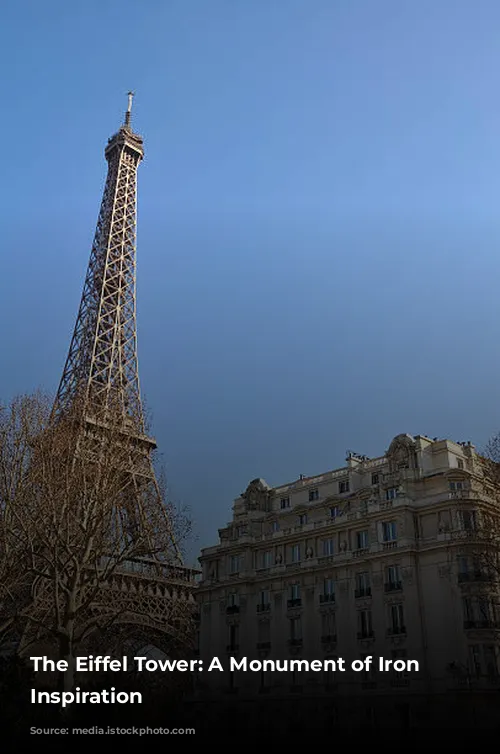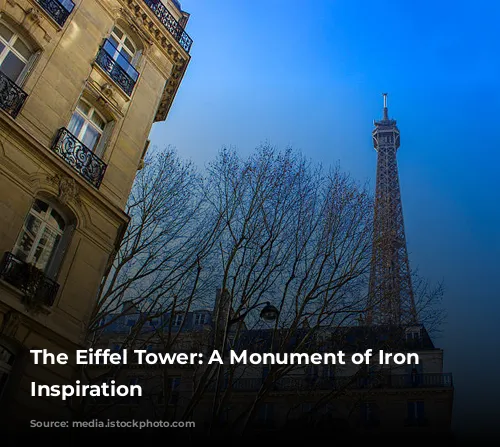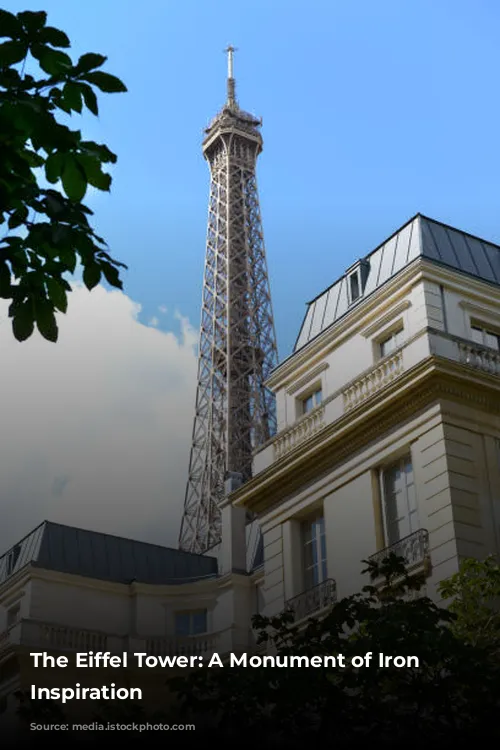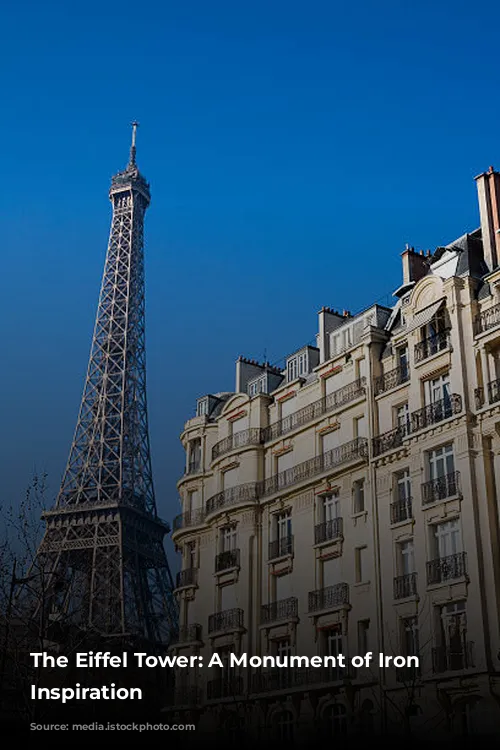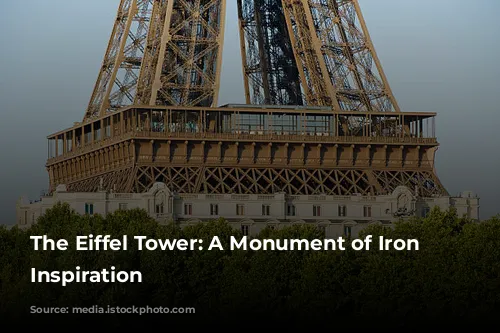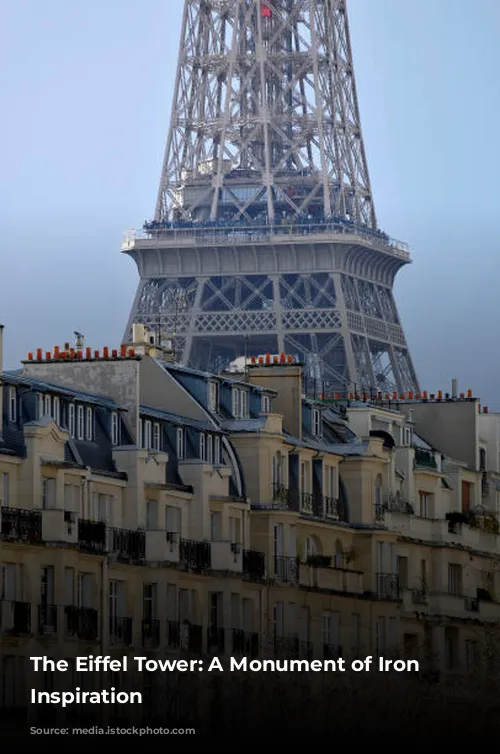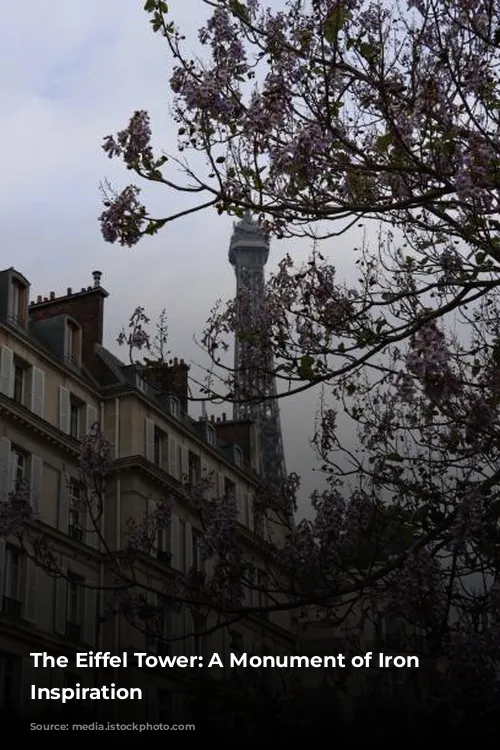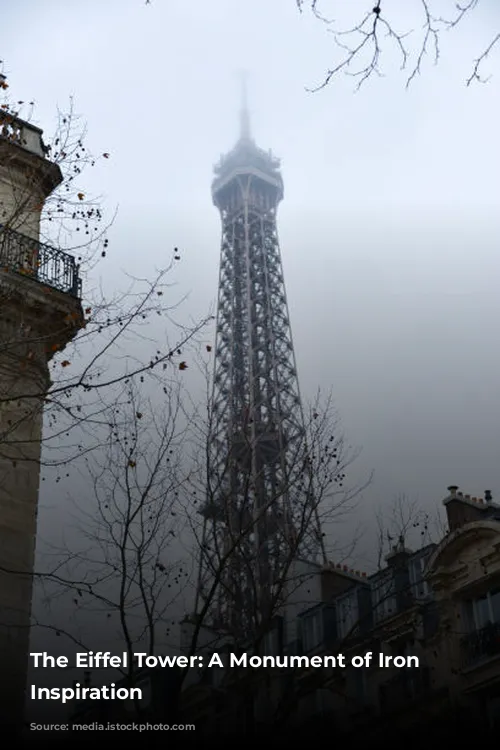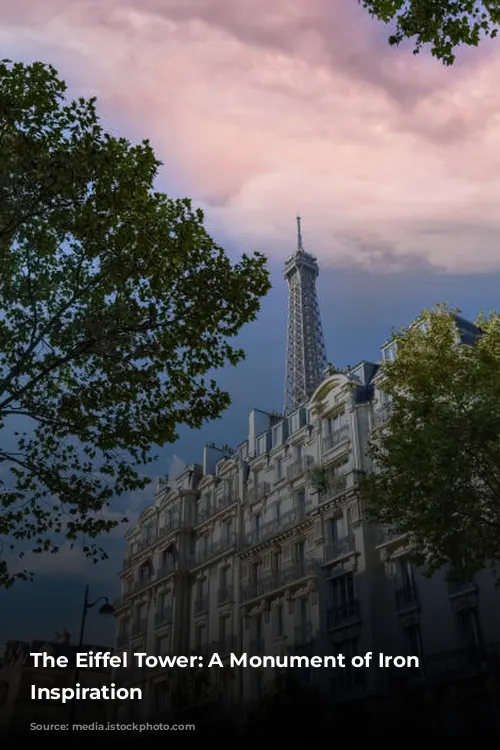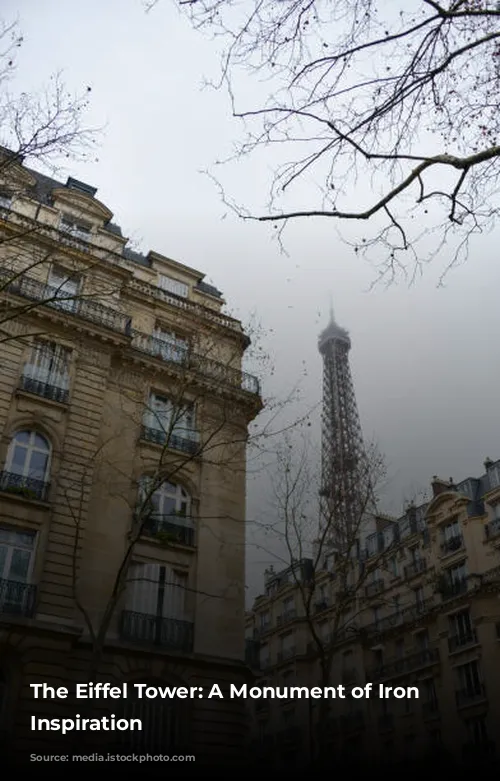The Eiffel Tower stands as a symbol of Paris and France itself. This iconic structure has captured the imagination of people around the world, inspiring countless stories and captivating countless visitors. Its history is as fascinating as the tower itself, reflecting a journey from controversy to worldwide adoration. Let’s delve into the rich literary world surrounding this magnificent monument.
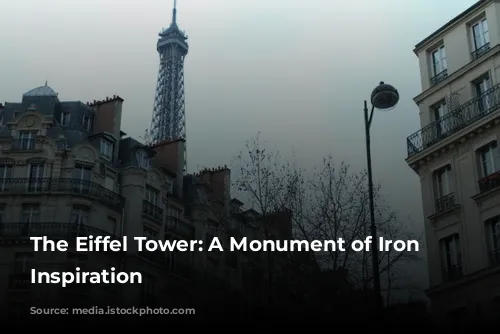
Early Voices: From Controversy to Celebration
The Eiffel Tower, built for the 1889 World’s Fair, initially faced criticism from many who found its iron structure aesthetically unpleasing. However, this initial resistance quickly gave way to admiration as the tower’s grandeur and engineering marvel became apparent.
Early writings on the Eiffel Tower offer a glimpse into this evolution of perception. Gustave Eiffel, the tower’s engineer, himself penned an extensive account detailing the construction process and the tower’s scientific potential. His work, published in 1900, provides invaluable insights into the tower’s design and engineering.
Gaston Tissandier, a prominent science journalist, also wrote about the tower, focusing on its technical aspects and its potential applications in fields like meteorology and communication. Tissandier’s writings highlight the tower’s significance as a symbol of technological progress.
These early accounts, alongside first-hand experiences shared by enthusiasts like Eugène Raboul and E. M. de Vogüé, paint a vivid picture of the tower’s initial impact and its growing acceptance as a landmark. They reveal the fascination with its height, its view, and its illumination.
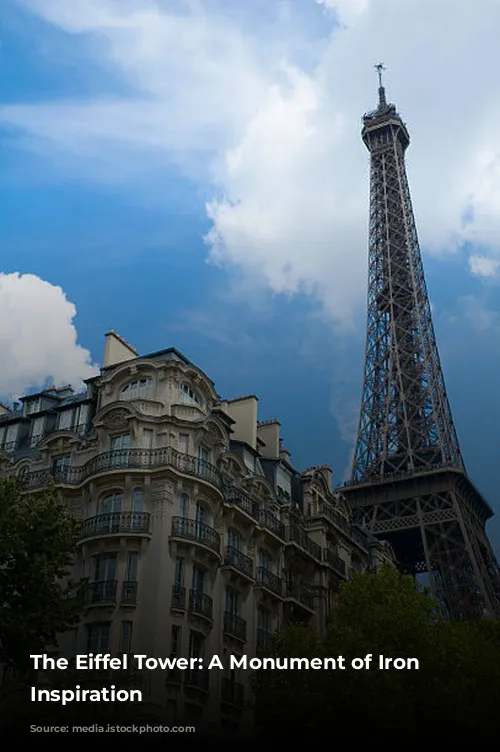
Archival Treasures: Unveiling the Tower’s Past
The Eiffel Tower’s rich history is further revealed through the wealth of archival materials housed at the Musée d’Orsay. Amélie Granet’s guide to the “fonds Eiffel” provides a comprehensive catalog of these materials, offering researchers a treasure trove of documents, letters, and artworks.
This collection offers a glimpse into the tower’s construction, its design, and its cultural significance. It highlights the tower’s impact on art, architecture, and society.
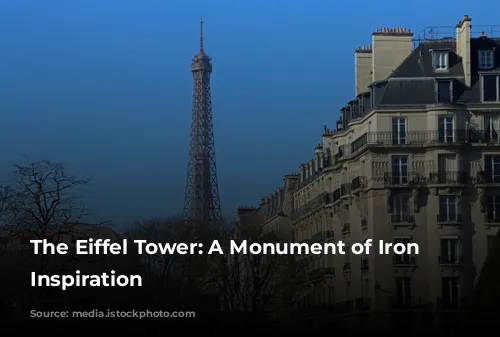
A Lasting Legacy: The Eiffel Tower’s Enduring Influence
The Eiffel Tower, standing as a testament to human ingenuity, continues to inspire writers and artists. Bertrand Lemoine’s book provides an in-depth analysis of the tower’s construction, highlighting its engineering feat. He also examines the tower’s cultural impact, exploring the artists’ response and its evolution as a symbol of Paris.
Max de Nansouty’s passionate endorsement of the tower, calling it “progress materialized,” reflects the wide-ranging impact the tower had on society.
The Eiffel Tower, a symbol of innovation and human ambition, continues to captivate the world. Its literary legacy is a testament to its enduring presence as a monument to engineering, architecture, and the human spirit.
